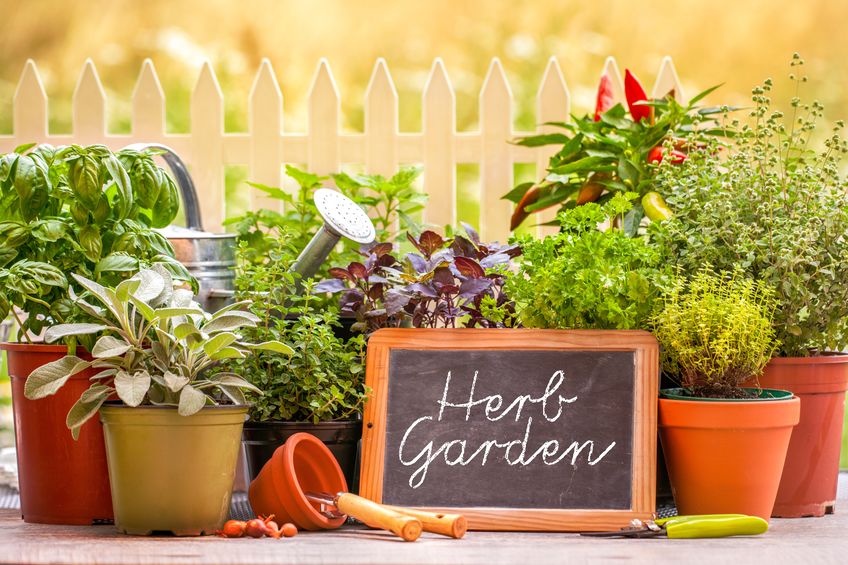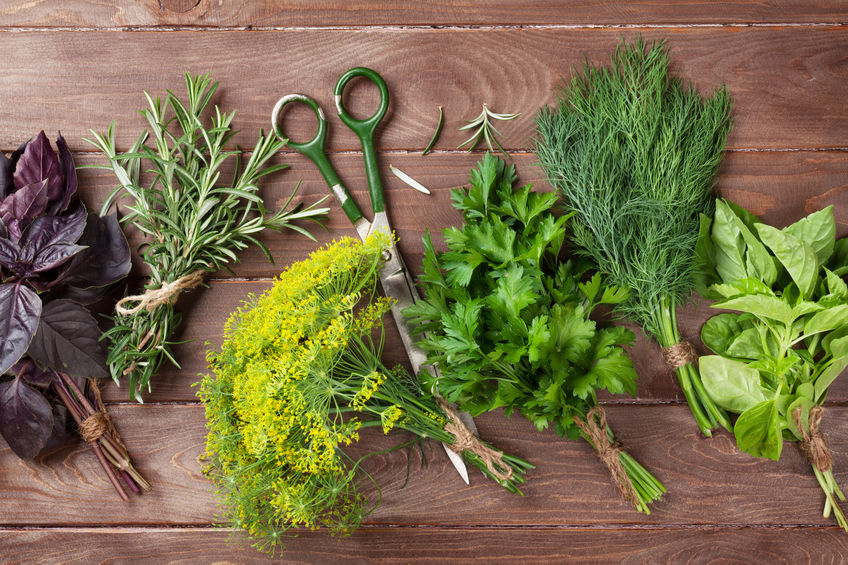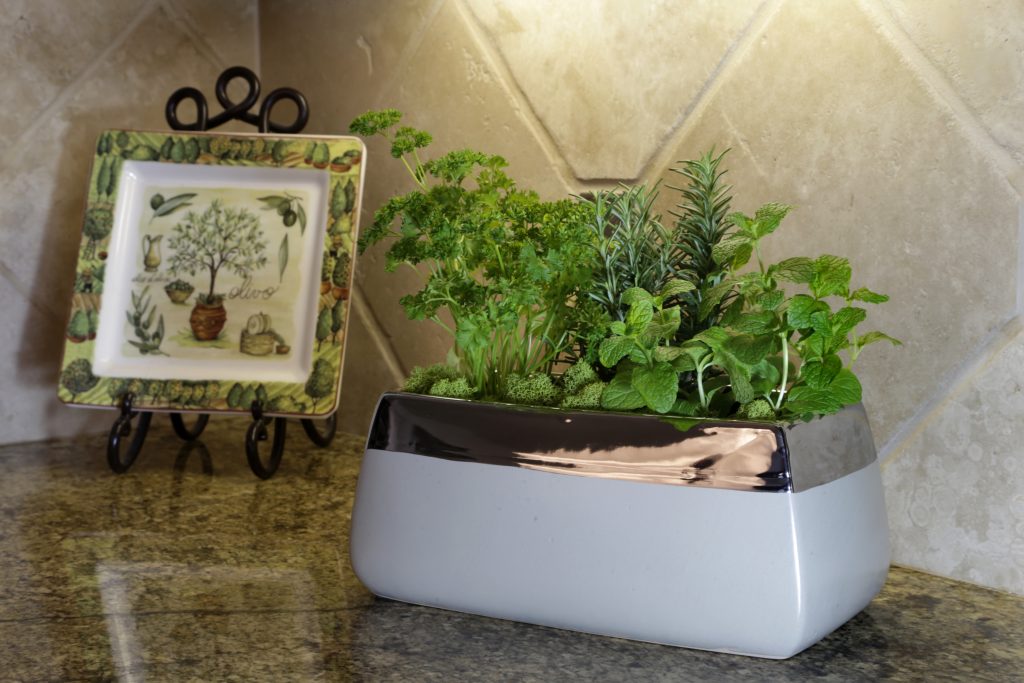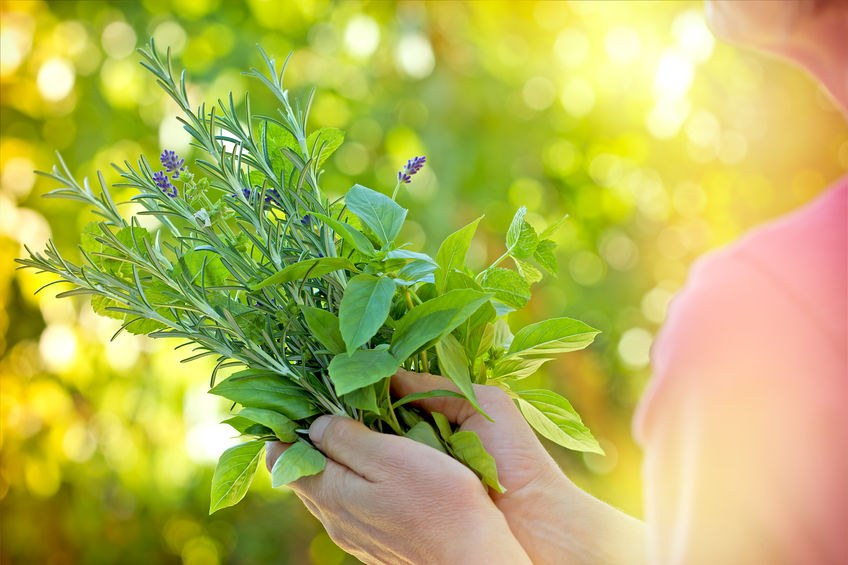Blog - 4 Easy Tips for Growing Herbs

Herbs are a wonderful addition to your kitchen. These savory plants can be grown both indoors and outdoors, but the kitchen is really the best place for them. Not only are they right at arm’s reach while you’re cooking, but they also make beautiful, cozy decorations and will enhance any kitchen’s decor.

For outdoor gardening enthusiasts, don’t feel left out! They will grow just as well outdoors, but if you can, make sure they are planted near your kitchen for easy access while you are cooking.
Before we get started with our tips, here is a short list of some easy-to-grow herbs we recommend:
- Basil: This herb is delicious on pizza! You can make your own pesto and is tasty on salads. It also grows very fast.
- Oregano: This herb grows best in warm temperatures, so you could start growing it indoors, and depending on the weather, can transplant it outdoors as long as it is in a sunny spot with light soil. Requires six to eight hours of sunlight per day.
- Sage: This one truly complements sausage, some types of stuffing, pork, and veggies. Sage has a peppery, savory flavor.
- Chives: These seem to be on the list of everyone’s favorites, as it has a mild onion flavor that goes well in many dishes.
- Parsley: This is a great go-to herb that isn’t just a garnish anymore. Parsley complements any type of meat, salads, soups, and yes, even sandwiches.
- Cilantro: Here is a fun fact — the leaves (the actual cilantro) are called cilantro, but the seeds are called coriander. The cilantro herb itself is a staple for South American, Asian, and Indian foods. Crushed coriander (seed) is excellent when added to curries, soups, and stews.
- Thyme: This herb will enhance the taste of most red meats, chicken, pork, and certain game meats. This will require at least eight hours of sunlight a day.

Here are four easy tips for growing herbs, both indoors and outdoors:
- If growing herbs indoors, locate the window (preferably in the kitchen) that has the most exposure to sunlight. If you don’t have a sunny window, then look for an area where grow lights can be added, such as under existing kitchen cabinets. The advantage of having grow lights is that you can control the exposure to the “sun” element so that your herbs don’t suffer from over or underexposure.
- It’s best to plant in containers with good drainage, as the herbs won’t get waterlogged. If you have your heart set on using decorative planters without drainage holes, then you can fit the planter with good drainage holes inside the decorative planters so that the water doesn’t ruin your indoor surfaces, and the water can run freely. Make sure you monitor how much of a puddle the drainage pot is sitting in.
- Always use the best potting soil you can find. The potting soil is usually labeled specifically for a particular use. If in doubt, ask your garden center specialist.
- Make sure you choose the herbs you use in your cooking, as this will add value to your efforts. If you don’t cook with herbs, then this is a great opportunity to add taste and nutritional value to your home-cooked meals. Herbs are a subtle way to enhance food flavor and nutrients.

Herbs are a terrific way for food to have that special taste that your family will remember forever. Perhaps that’s the magic ingredient our grandmothers used, and why we miss how delicious their homemade dishes tasted.
Author - PlantHappiness™Admin
No Description
Leave a Comment
You must be logged in to post a comment.